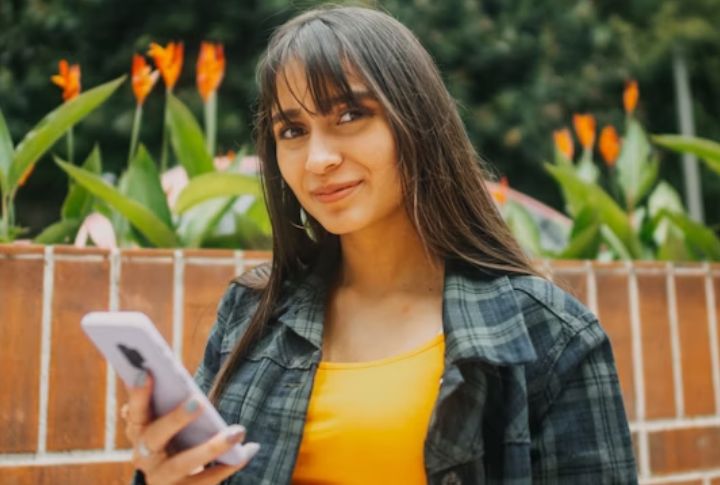
Modern romance is on fast-forward. Millions swipe, match, and move on in seconds—without ever knowing the true self of the person on the other side. But beneath the convenience lies a deeper reality: technology has reshaped not just how we meet, but how we think about worth and desire. The question is, are we even noticing the trade-offs?
Profile-First Attraction
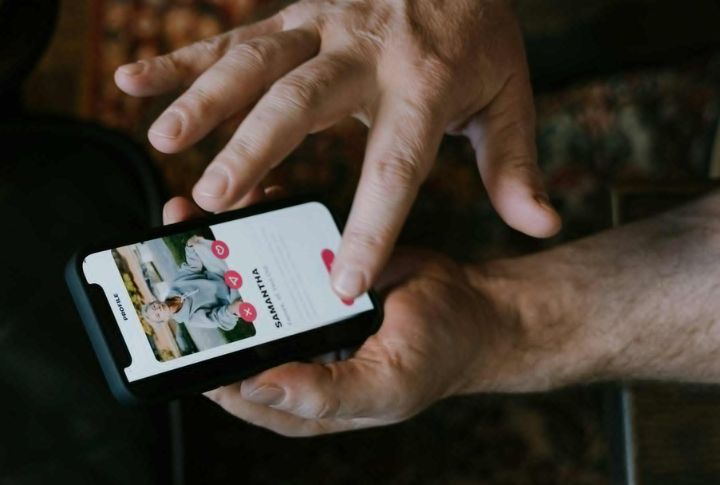
Remember when “swipe right” suddenly became part of everyday conversation? That little phrase captured a cultural shift. Instead of chemistry unfolding in person, we’re sizing people up through carefully curated photos. And those split-second first impressions happen before anyone even bothers to read a bio.
Snapshot Aesthetics Supremacy

Adding to that thought, yes, looks have always played a role in attraction, but dating apps have put that instinct into overdrive. Studies done by PMC show that attractive photos create a “halo effect,” where people assume someone is more interesting, long before a single message is exchanged.
Swipe-Driven Attention
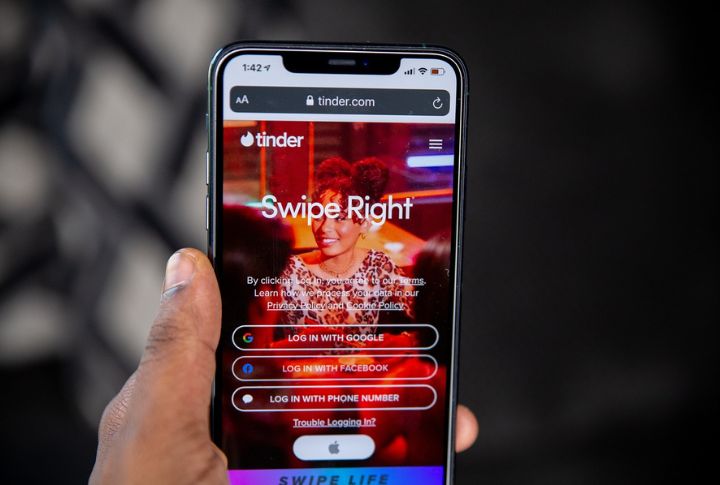
At first glance, dating apps feel like an endless playground of options where each swipe is a chance at something new. But in practice, the thrill comes with a cost: people make decisions in seconds, rarely reading deeper details. The simple act of swiping has transformed romance into a fast, surface-only evaluation.
Algorithm-Shaped Exposure
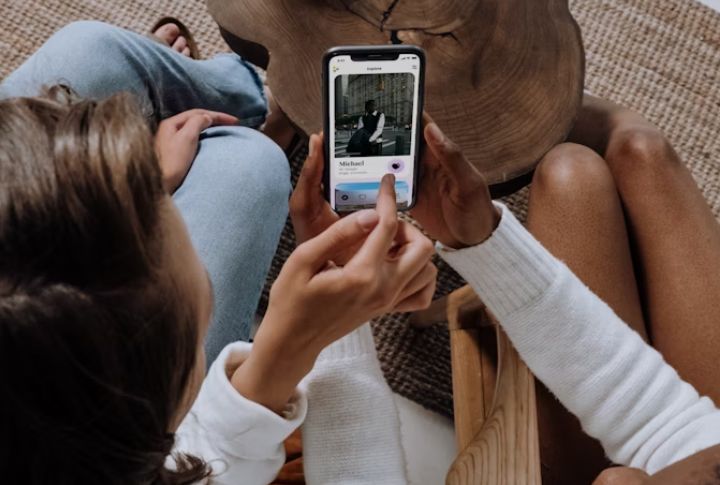
Behind the scenes, the real matchmakers are algorithms. Singles feel like they’re guessing how to “game the system,” but the truth is, no one really knows how these black-box formulas decide who sees whom. That lack of transparency has sparked big debates around just how much control tech companies have over our love lives.
Quantified Desirability

That rush you feel when you get a new match? It’s dopamine at work. Soon, the focus shifts from finding a connection to tracking how “desirable” you look online. Likes, matches, and messages start to feel like a running scoreboard, turning dating into a popularity contest where validation becomes just as addictive as attention.
Effortless Rejection

In the past, turning someone down required tact and a bit of awkwardness. But now it’s as easy as a flick of the finger. A left swipe is final and so quick, in fact, that many people reject profiles before they’ve even absorbed the details. And after a match, if the vibes are off, you can simply “unmatch” or block them.
Choice Overload
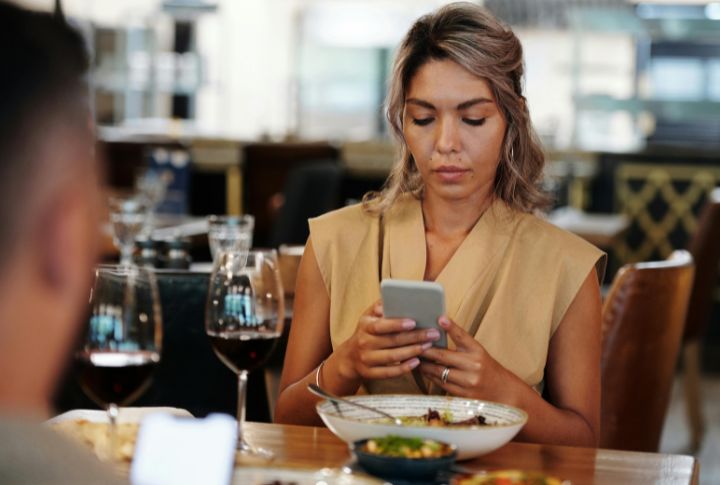
Too many options may sound like a good thing, but endless swiping often leads to burnout. With profiles flooding in nonstop, commitment feels harder to reach. Users get stuck in a cycle of browsing without ever choosing, paralyzed by the fear that something—or someone—better is just one more swipe away.
Context-Free Meetings
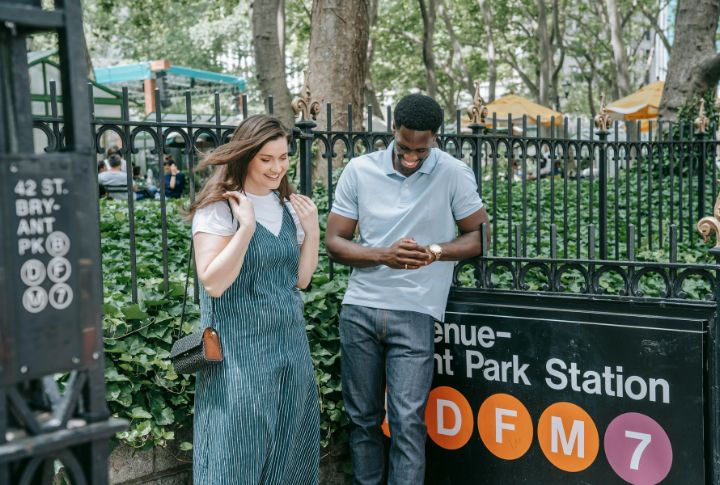
Instead of meeting through friends, communities, or shared spaces, people now encounter complete strangers with zero context. On one hand, this creates opportunities to meet someone you’d never cross paths with. On the other hand, it makes building trust and finding common ground more challenging.
Texting Takes The Lead

Communication styles in dating have evolved, making texting the new form of courtship. Rather than traditional face-to-face or phone conversations, much of the emotional labor now takes place through messages, but this shift has introduced new behaviors like “ghosting” and “breadcrumbing”—subtle ways people disengage without confrontation.
Cultural And Generational Impacts

Millennials tend to seek more defined long-term relationships, while Gen Z embraces fluidity with a focus on casual connections. Each person has a different take. These platforms provide safe spaces for queer folks for identity exploration, especially where offline acceptance may still be limited. But again, it really depends from person to person.

